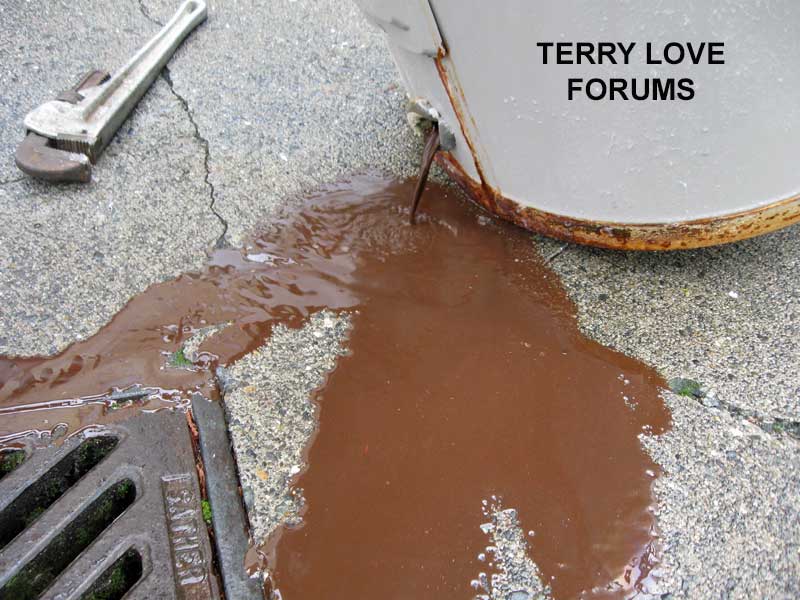ironshaikh
New Member
Hi all,
Recently, I flushed my hot water heater and I've been getting a lot of rusty hot water coming from the tap. It only comes from the hot side and not the cold and this is true of all the faucets in the house. (Last time I flushed it was back in may.) Now when I'm talking about rusty water, i see particles of rust shoot out of the faucet as well. I was curious and decided to drain the tank again, red-brown water came out of the garden hose drain. The odd part is, if I wait a week, I suppose the sediments settle at the bottom and I no longer get rusty hot water.
Now this is a bradford white powervent 50 gallon that was installed 1.5 years ago. I contacted bradford white and they said I should contact a plumber to check the anode rod. I contacted the plumber who installed the water heater and he said he never heard of rusty hot water coming from the taps before. I didn't bother making an appointment because he said he was booked. Keep in mind I do get city water (which is half river water half well water) and I'm on a water softener.
From what this sounds, is the lining cracked? If so, this is the 2nd bradford white in 7 years (water softener was installed 4 years ago.)
EDIT: My house was built 7 years ago and has all copper lines. No galvanized anywhere.

Recently, I flushed my hot water heater and I've been getting a lot of rusty hot water coming from the tap. It only comes from the hot side and not the cold and this is true of all the faucets in the house. (Last time I flushed it was back in may.) Now when I'm talking about rusty water, i see particles of rust shoot out of the faucet as well. I was curious and decided to drain the tank again, red-brown water came out of the garden hose drain. The odd part is, if I wait a week, I suppose the sediments settle at the bottom and I no longer get rusty hot water.
Now this is a bradford white powervent 50 gallon that was installed 1.5 years ago. I contacted bradford white and they said I should contact a plumber to check the anode rod. I contacted the plumber who installed the water heater and he said he never heard of rusty hot water coming from the taps before. I didn't bother making an appointment because he said he was booked. Keep in mind I do get city water (which is half river water half well water) and I'm on a water softener.
From what this sounds, is the lining cracked? If so, this is the 2nd bradford white in 7 years (water softener was installed 4 years ago.)
EDIT: My house was built 7 years ago and has all copper lines. No galvanized anywhere.

Last edited by a moderator:



